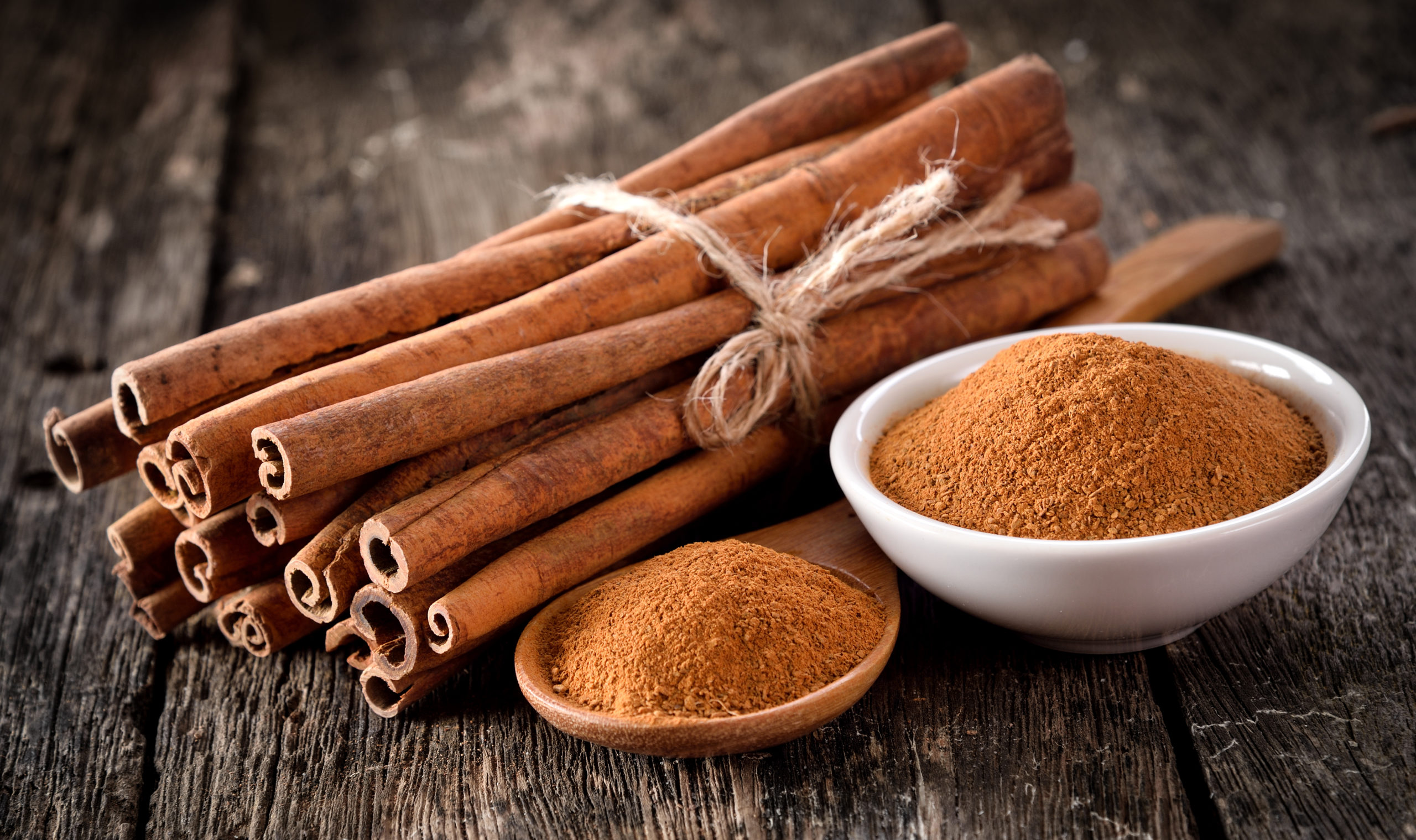Updated on September 8th, 2023
When dealing with dishes that call for cinnamon sticks, you tend to feel like it’s irreplaceable. And this worry comes with good reason, as this woody seasoning is one of the most unique in its group. Its incredible flavor and aroma are almost unmatched, making it one of the most exquisite spice ingredients in the world today.
But in times when you’ve run out, you can still find helpful replacements for cinnamon sticks. And some of these substitutes come in powdered forms, with measurements that match the same amount of potency expected from cinnamon sticks. With these alternatives, you can infuse the flavor effects expected from these bark strips into your horchata and cranberry sauce. And you can even grind them into your homemade batches of apple pie spice, a blend renowned for its heavy use of the cinnamon flavor.

What are Cinnamon Sticks?
Cinnamon sticks are derived from barks harvested from the evergreen Cinnamomum tree. This plant is commonly grown in tropical climates worldwide, and the bark is cut off and used as a seasoning additive for many meals. The cinnamon sticks are prepared by drying these barks, which are then cut into strips. These strips are rolled in small, lengthy cylindrical pipes sold in spice shops and herb markets around the globe.
Cinnamon sticks come in different varieties with the three most notable names. The Ceylon cinnamon is the most common, with a combination of floral and citrusy notes. The Saigon cinnamon tends to be hotter, though it still offers a precise amount of sweetness. And the Korintje cinnamon possesses a bittersweet flavor that blends perfectly in baked foods and is the popular taste you can notice in cinnamon candies.
Cinnamon Sticks in Recipes
This ingredient is renowned for its herby flavor, which carries a spicy taste with strong hints of sweet earthiness. Its rich fragrance is one that’s highly appreciated in baked goods and is also featured in lots of cooked dishes as well. Cinnamon sticks are also boiled to make cinnamon tea or are cooked in water to release the fragrance and flavor of soups and sauces. Plus, it’s also a regular feature in spicy recipes and has an unshakable claim in the Mediterranean, Asian, Indian, and Eastern cuisines as well.
Cinnamon sticks are so versatile, you’ll find them in dishes, drinks, and foods all around the world. Some of these foods include;
- Chile Verde
- Pho
- Applesauce
- Pork shoulder
- Hot Cocoa
- Gingerbread cookies
- Wassail
- Creamy coconut chai
- Caramel apples
- Rib ragu
- Couscous
- Toddy
- Stews
- Curries
- Boiled barley
- Rice recipes
- Cookies
- Cakes
- Pies
- Scones
- Doughnuts
- Pancakes
- Ice cream
- Maple syrup
- Cappuccino
- Hot apple cider
- Cinnamon tea
- Coffee
- Hot chocolate
- Sweetbreads
- Glaze
- Cream cheese icing
- Granola bites
- Oatmeal
- Waffles
- Horchata
- Apple pie spice
- Wholegrain toast
- Baked pears
- Sweet rhubarbs
- Drizzles
- Baked squash
- Baked carrots
- Veggie hash
- Stuffed eggplant
- Stuffed peppers
- Chilli
- Stews
- Punch chai
- Mulled wine
- Mulled cider
- Smoothies
View this post on Instagram
Cinnamon Stick Substitutes
Though it’s easy to find cinnamon sticks around you, there may be times when you won’t have any in the kitchen. And in such cases, a handy alternative would be best. SO, consider any of these options to recreate the tasty and aromatic effects of cinnamon sticks in your cooking.
Ground Cinnamon
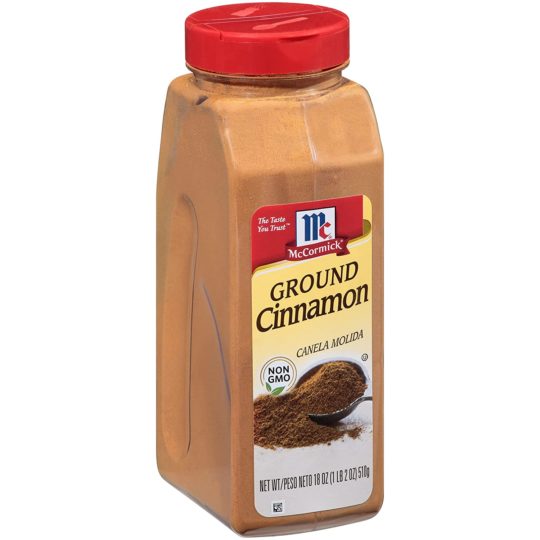
Ground cinnamon is nothing more than pulverized cinnamon sticks, so you’ll get the same effects minus any additives or additional ingredients when you use it. So, it makes the perfect substitute ingredients for times when you don’t want added extra flavors in your recipes. But note that with ground cinnamon, you’ll be getting more of the ingredient, so you must know the best way to swap both ingredients. As such, replace every stick of cinnamon with ½ or one teaspoon of cinnamon powder for all recipes.
Pumpkin Pie Spice
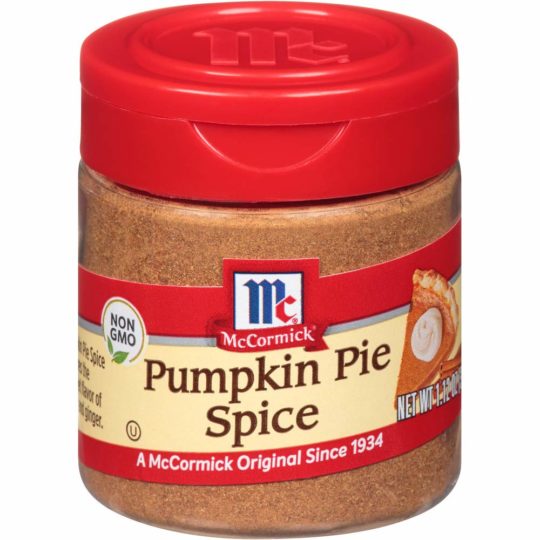
Pumpkin pie spice composes of numerous other ingredients, but the main component is ground cinnamon. So, it makes an excellent substitute for times when you’re out of cinnamon sticks. But you may fear that the extra spices in the blend may influence the final taste of your dishes. However, the good thing is that the cinnamon flavor in pumpkin pie spice is dominant, so an equal substitute of one teaspoon is enough to satisfy your preference.
Allspice
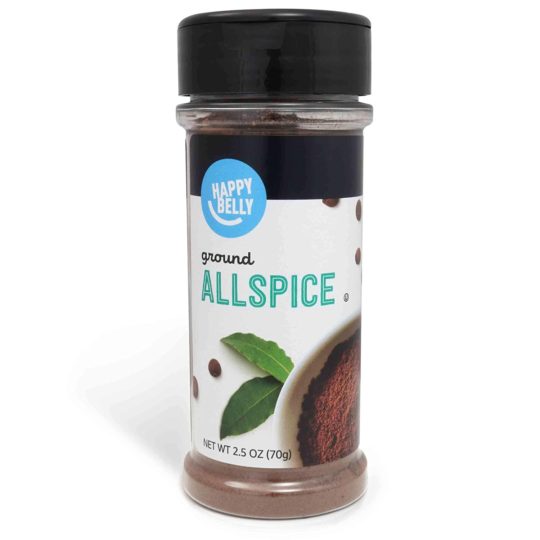
This ingredient is one that we mostly have in our spice rack, making it an ideal alternative. Allspice is derived from a Jamaican berry that grows on the Pimento tree and contains flavor notes similar to nutmeg, cloves, nutmeg, and cinnamon. And it’s a splendid replacement for cinnamon sticks and will add the sweet, earthy flavor of the ingredient to your baked goods, pies, tarts, desserts, soups, stews, and many other recipes. But allspice is also spicier than cinnamon sticks, so use about a quarter to half teaspoon of the powder for every bar of cinnamon.
Nutmeg
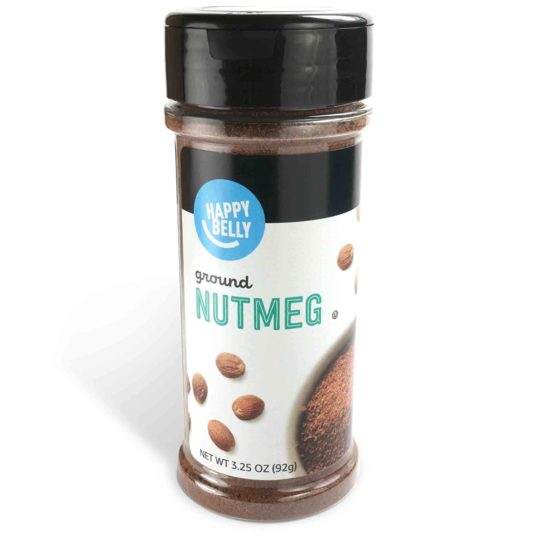
The nutmeg is harvested from the evergreen Myristicaceae tree, which is commonly found in the southeastern regions of Asia. And its sweet, woody flavor is somewhat close to that produced by cinnamon sticks, as well as its intense aroma. But nutmeg is more potent, and if too much is used, it will overwhelm the dish’s flavor. So, use about ¼ to ½ teaspoon of ground nutmeg for every cinnamon stick in potatoes, grilled meat, sausages, porridges, sauces, and drinks.
Cranberry Sauce
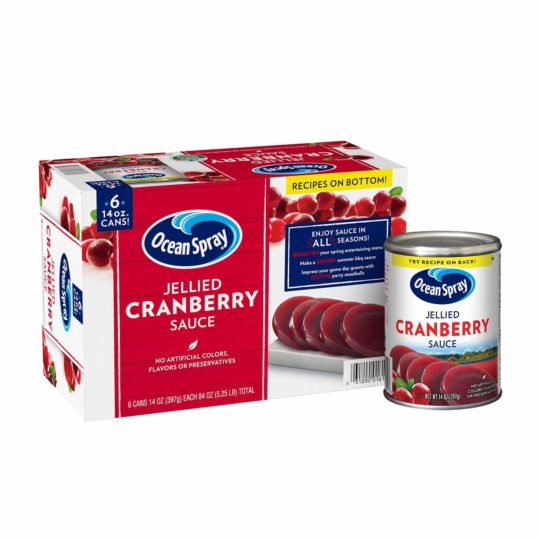
The total composition of cranberry sauce includes cranberry, honey, and ground cinnamon. And the latter is a significant contribution to its sweet, herby, and earthy flavor. Cranberry sauce also produces a strong tang associated with an intense aroma. But its sweetness is balanced by the cinnamon’s presence and can create a similar effect. But note that cranberry sauce is liquid, so it’s best applied to toppings that need a hint of the cinnamon flavor. But because it’s an ingredient we tend to have in the fridge, it’s a convenient alternative.
Frequently Asked Questions (FAQs)
Do cinnamon sticks dissolve in cooking?
No, they don’t. Cinnamon sticks are cut from tree bark, which makes them quite fibrous. And while they release particles as they boil, they won’t dissolve in the water regardless of how long it’s cooked.
Is boiling cinnamon sticks good for you?
Yes, it is. Cinnamon sticks are full of antioxidants which help reduce blood sugar levels and inflammation. They also encourage the development of a healthy heart and may be linked to weight loss. Plus, a regular dose of cinnamon tea is excellent for warding off infections, reducing menstrual cramps and post-menstrual stress.
How to get the most flavor out of cinnamon sticks?
Run the sticks over a grater a couple of times before use to release the flavor. Also, you can first rinse the cinnamon sticks under hot water and leave them to dry before reusing them/
Conclusion
The numerous applications of cinnamon sticks in the culinary world can’t be ignored. But it doesn’t mean we’re left high and dry when we don’t have any in the pantry. These convenient substitutes will provide the same earthiness, sweetness, and warmth expected from the spice’s aroma and flavor. And they come in handy when we’re in a bind, allowing us to explore more recipes in different ways.
